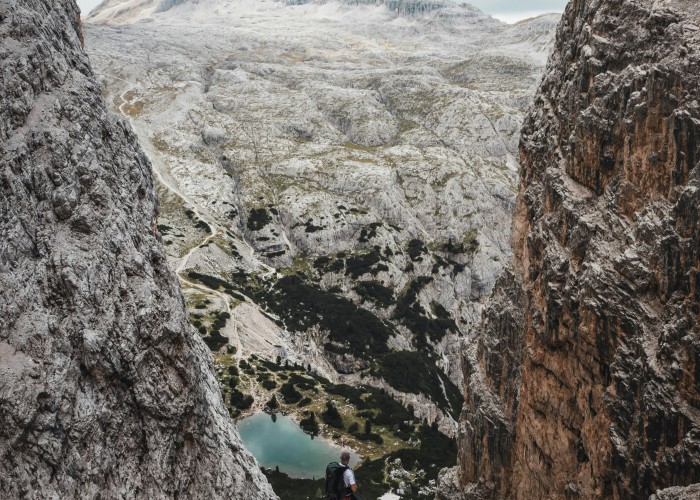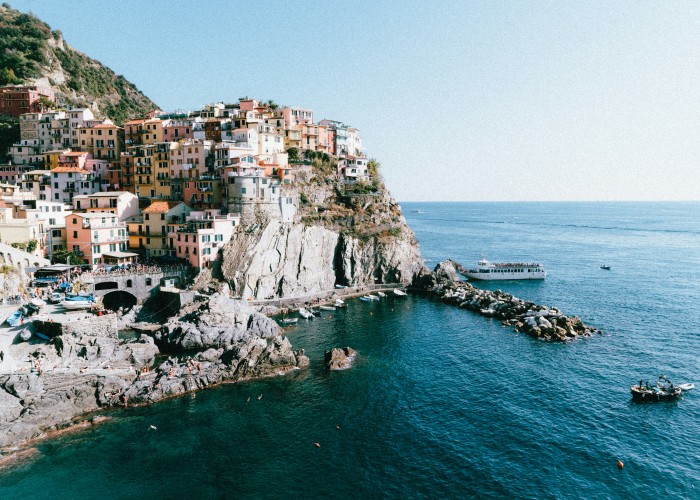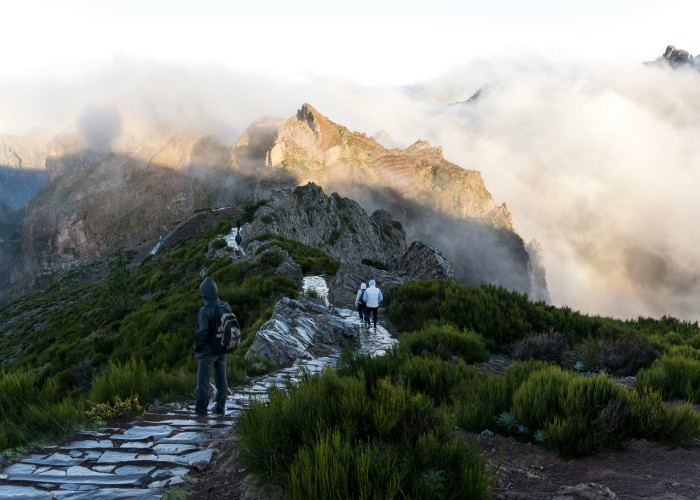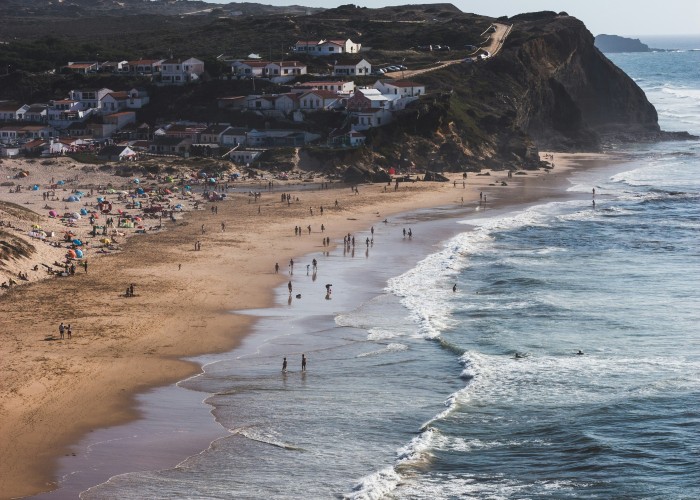Vikos Gorge is one of the world’s deepest narrow canyons, carved into the Pindus Mountains in northwestern Greece. Nestled in the Zagori region of Epirus, it plunges over 1,000 metres in places and stretches for about 20 kilometres. Its dramatic limestone walls, lush forests, and the clear Voidomatis River make it a magnet for hikers who crave both solitude and breathtaking scenery. Walkers from the USA, UK, Australia, and Germany often describe it as a hidden gem, rich in geology and natural charm. Vikos Gorge Trek – Greece.
Best Time to Visit
Aim for late spring through early autumn for the best experience:
- May to June welcomes fresh greenery, manageable temperatures, and manageable trail conditions.
- July and August bring warmer weather and long daylight. Just prepare for midday heat with early starts.
- September strikes a great balance: cooler air, calmer trails, and near-perfect hiking weather.
- October can still work well, with crisp autumn light—but gear up for shorter days and possible rain.
How to Reach (Train / Road / Air)
Getting there is straightforward with local transport options:
- By air: Fly into Athens or Thessaloniki. From there, rent a car or use regional buses.
- By road: The gorge is best accessed from villages like Monodendri or Vikos. Driving offers flexibility and scenic routes.
- By train + bus: You can reach Ioannina by rail. From there, local buses run to key Zagori villages near the trailhead.
- On the ground: Once in Zagori, most villages are connected by minibuses that serve hikers and locals alike.
Entry Fees and Permits (Approximate or Subject to Change)
- No permit is required to hike the gorge—it is public land.
- Parking or conservation fees: Some trailhead parking areas may charge a small fee, which may change.
- Optional guided services: If you choose to hire guides or use shuttle services, expect modest hourly or per-transfer charges.
Food Availability and Meal Options During the Trek
- As the hike is usually done in a day, pack your own snacks and lunch. Energy bars, sandwiches, fruit, and water are ideal.
- Local tavernas in villages like Monodendri and Papigo offer meals before or after your hike.
- Fresh water: Streams and springs may feel tempting along the trail, but carry purified water or wear shoes suitable for water crossings.
Packing List and Essentials
Pack light and smart:
- Comfortable hiking boots with good grip
- Moisture-wicking socks and breathable layers
- Hat, sunglasses, and sunscreen for sun protection
- Daypack (15–25 L)
- Water bottle with at least 2 liters capacity
- Snacks or packed lunch
- Trekking poles, especially useful on descent
- First-aid basics, including blister care
- Headlamp in case of delays
- Phone with offline map or GPS
- Lightweight rain jacket for changing weather
Safety Tips and Local Regulations
- The trail can be slippery near the water—sturdy boots matter.
- River crossings may require stepping stones or shallow wading. Take care.
- Wild camping isn’t restricted, but stick to marked paths and leave no trace.
- Environmental protection: The area is part of a national park—or nearly—so don’t harm plants, wildlife, or geological features.
- Emergency number: Dial 112 for emergencies in Greece.
- Always inform someone of your plans before heading into remote areas.
Tips for Beginners or First-Time Visitors
- Start early to avoid midday heat and give yourself ample time.
- Follow marked paths—the main route is straightforward, but side paths can be trickier.
- Hydrate frequently, especially in summer.
- Wear sturdy footwear—loose rocks near the water present fall risks.
- Bring a friend—even solo trekkers benefit from an extra set of eyes and company.
Local Customs or Cultural Etiquette
- In mountain villages, a courteous kalimera (good morning) or efharisto (thank you) goes far.
- Quiet respect in tiny chapels along the trail shows cultural awareness.
- Tavernas close for rest mid-afternoon—plan food stops accordingly.
- Preserve the landscape—avoid picking flowers, disturbing wildlife, or leaving waste behind. Vikos Gorge Trek – Greece.
FAQ Section
Here are common questions global readers often search for:
How long does the Vikos Gorge trek take?
Expect a 3 to 5-hour hike one-way, depending on pace and rest stops.
How difficult is it?
Rated moderate—mostly downhill until the river, then uphill on the return. Fitness and steady steps help. Vikos Gorge Trek – Greece.
What altitude does the trail involve?
You start around 1,000 metres and descend roughly 450 metres before climbing back.
Are restrooms available?
Yes—look for facilities in the trailhead villages of Monodendri or Vikos.
Is the route well marked?
Yes—the primary trail is clearly marked with signs and painted markers on rocks.
Can beginners manage it?
Yes—with a good level of fitness, right equipment, and smooth pacing, beginners handle it well.
Do I need a sleeping bag?
Not necessary—this is typically a day hike, though nearby villages offer accommodations if desired.
Does phone signal work on the trail?
Signal in the gorge is patchy. Download offline maps and share your route beforehand.
Is wild camping allowed?
Yes—but choose respectful spots away from trails and villages, and always follow leave-no-trace principles.
Final Thoughts
The Vikos Gorge Trek offers an unforgettable walk through one of Earth’s most dramatic canyons. It blends geological wonder, peaceful forests, and a dash of local culture—ideal for hikers from the USA, UK, Australia, Germany, and beyond. Vikos Gorge Trek – Greece.





Leave a Reply